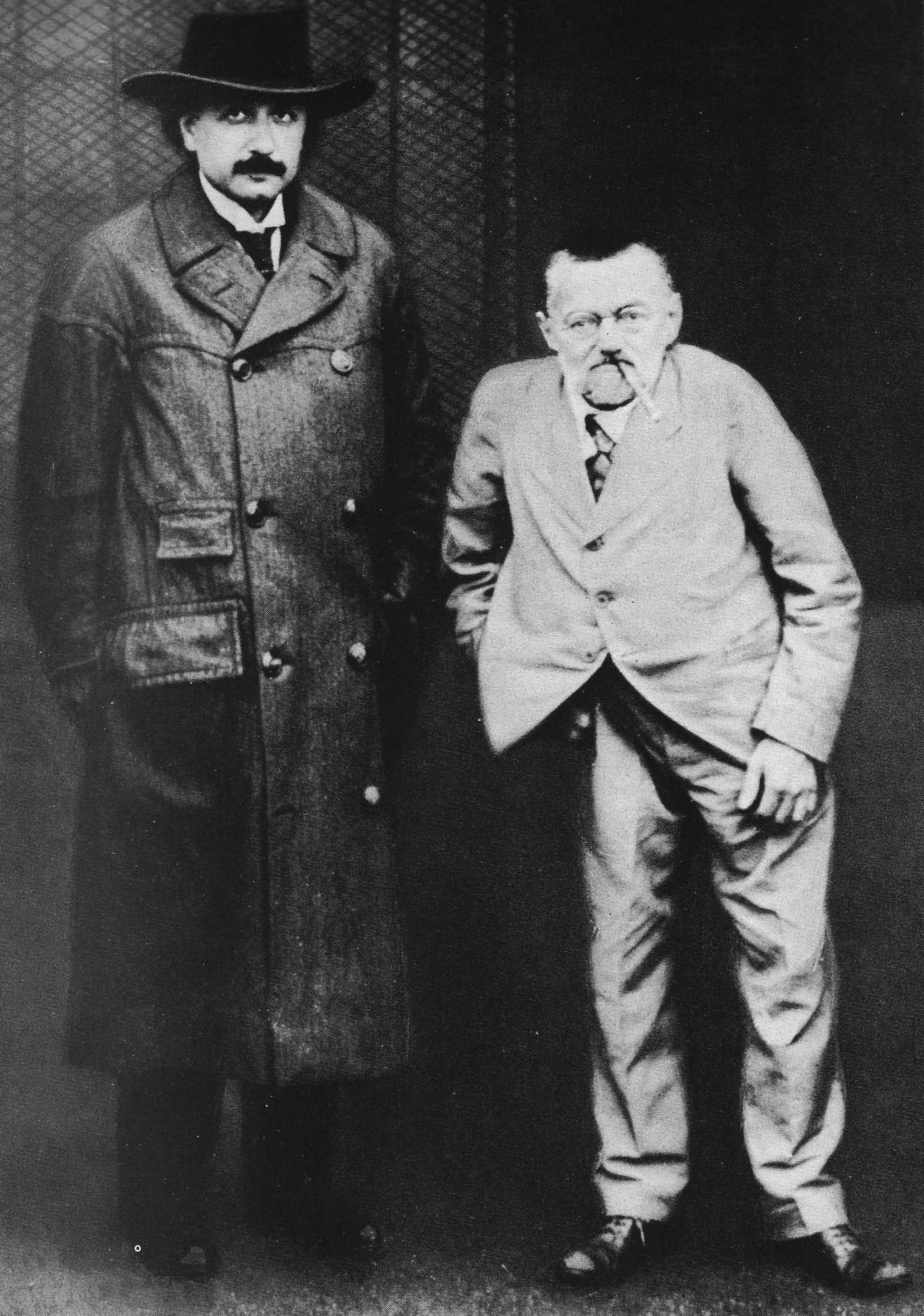Authors:
Historic Era:
Historic Theme:
Subject:
April 1971 | Volume 22, Issue 3


Authors:
Historic Era:
Historic Theme:
Subject:
April 1971 | Volume 22, Issue 3
John Dos Passos died last September, much to the sorrow of this magazine, to which he had contributed frequently in recent years. He had turned from the novel to formal history, but in his youth he had already shown a great flair for bringing the past to life in idiosyncratic "prose poems," of which the following is a fine example.
--The Editors

Steinmetz was a hunchback,
the son of a hunchback lithographer.
He was born in Breslau in eighteen sixty-five, graduated with highest honors at seventeen from the Breslau Gymnasium, went to the University of Breslau to study mathematics;
mathematics to Steinmetz was muscular strength and long walks over the hills and the kiss of a girl in love and big evenings spent swilling beer with your friends;
Bismarck was sitting in Berlin like a big paperweight to keep the new Germany feudal, to hold down the empire for his bosses the Hohenzollerns.